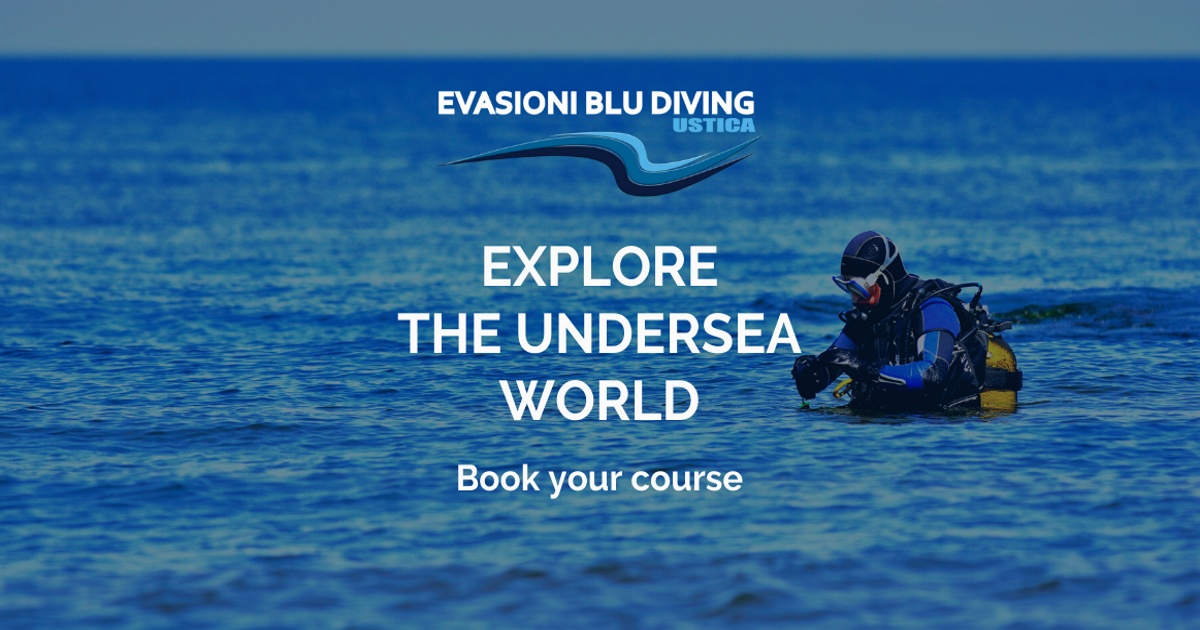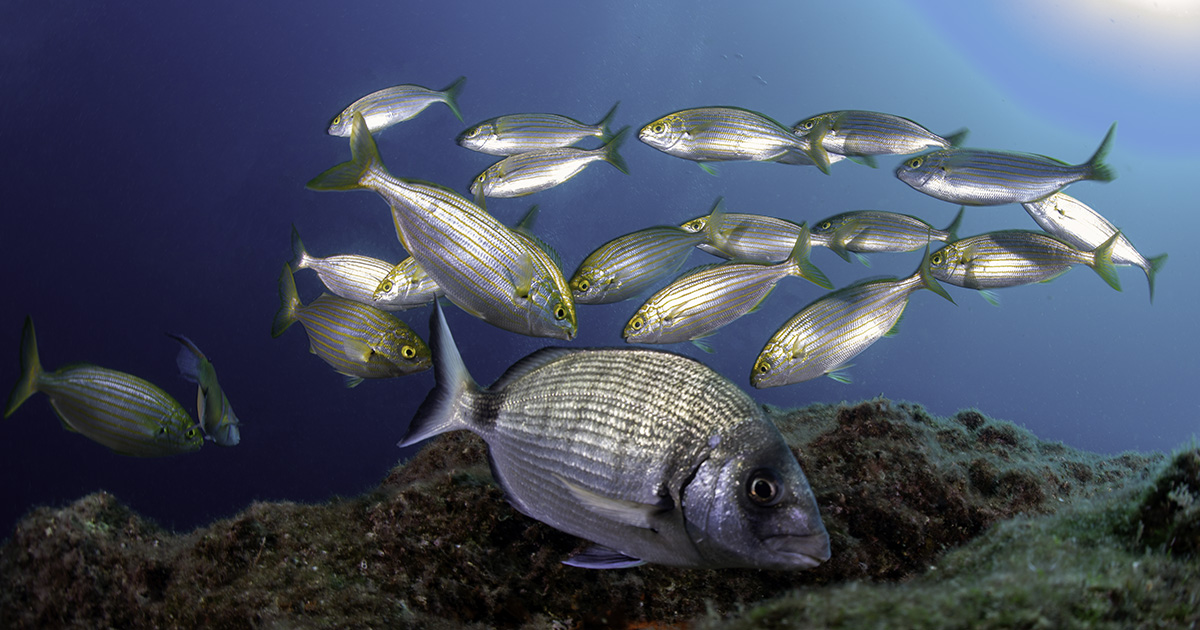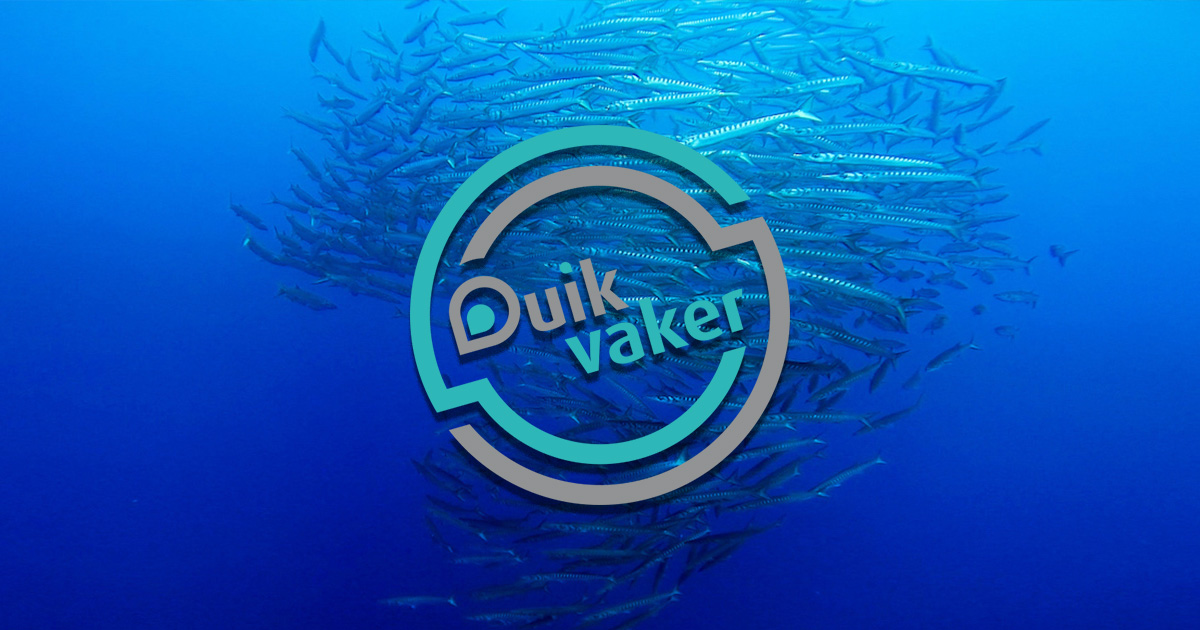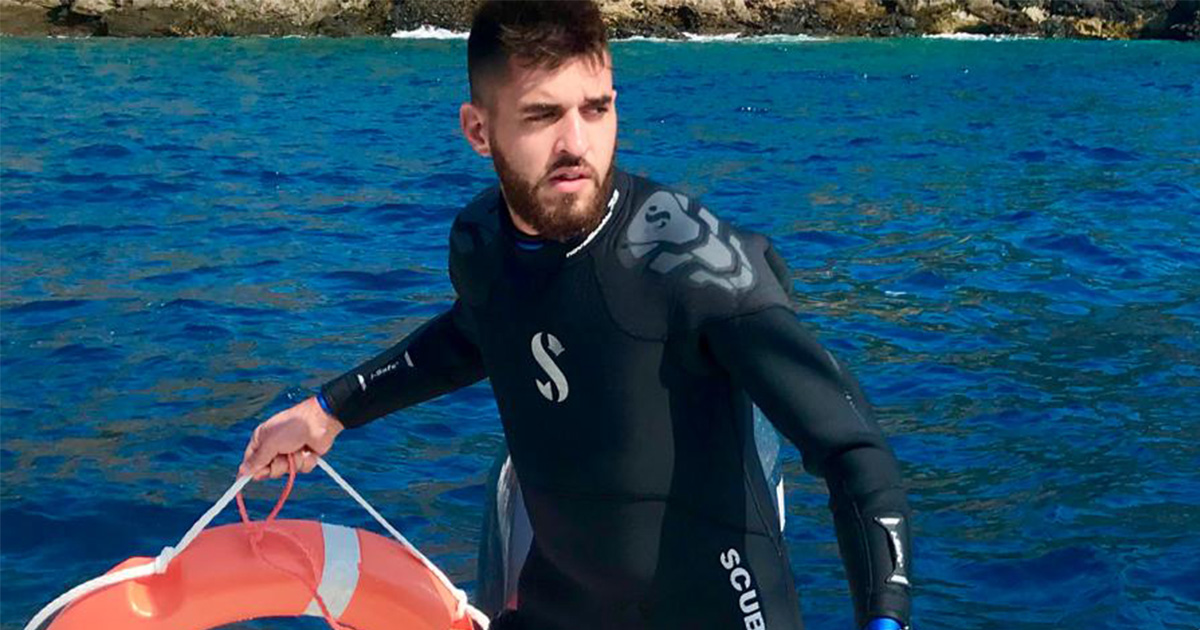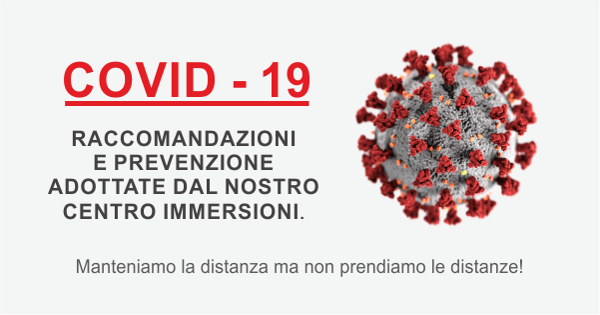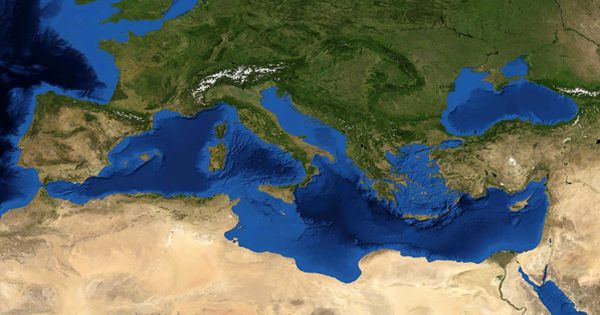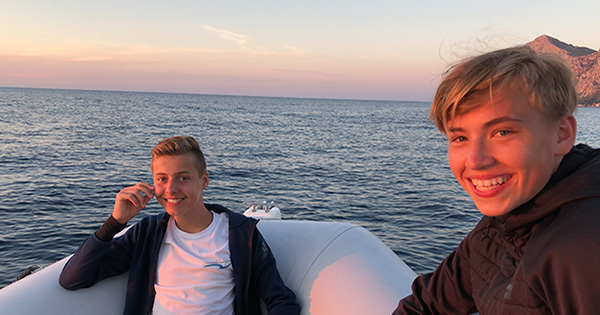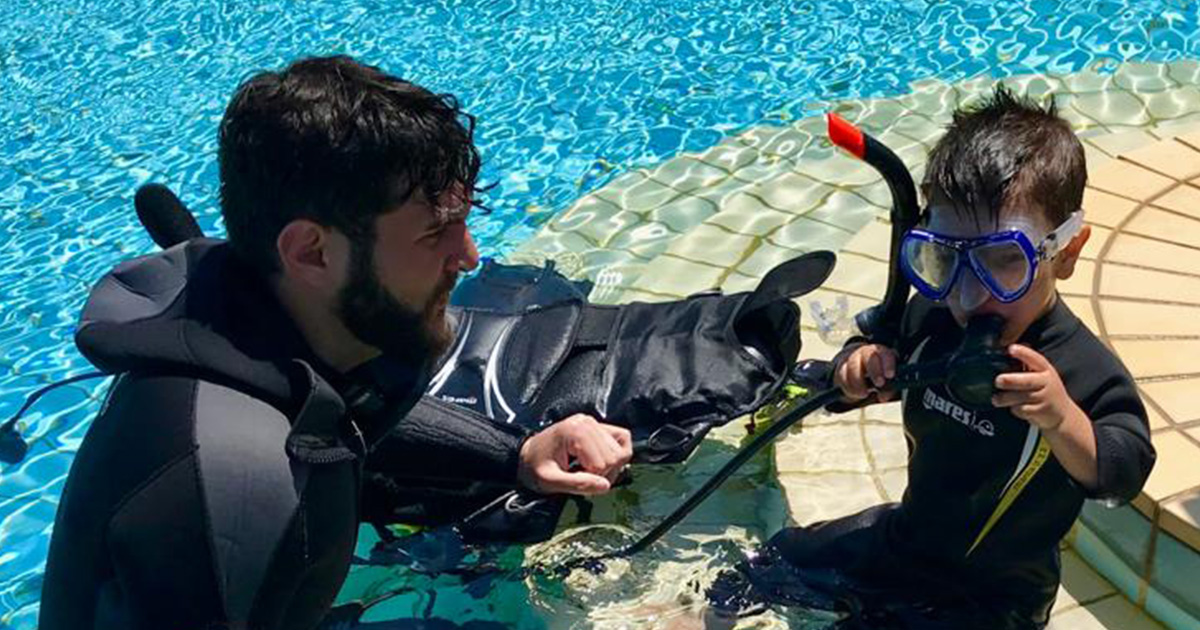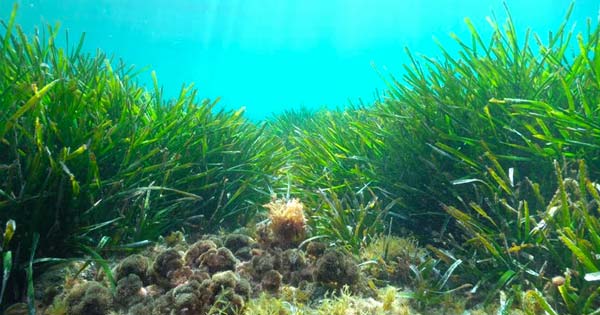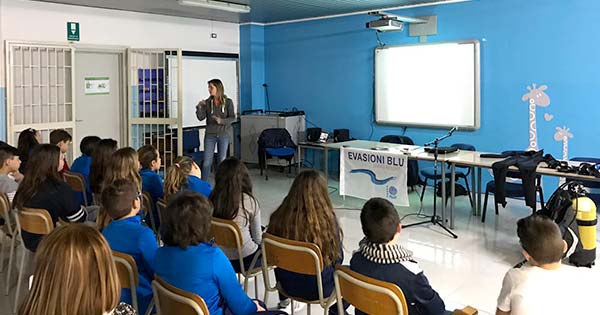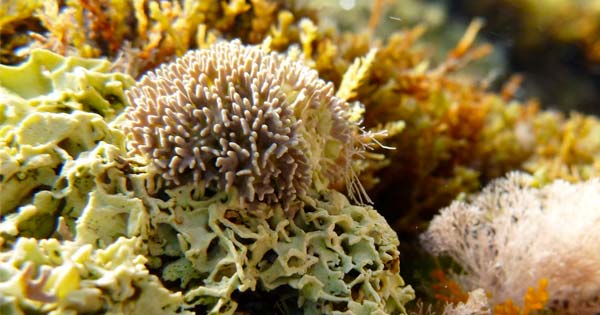MARINE LIFE & BIODIVERSITY: Orange Cup Coral
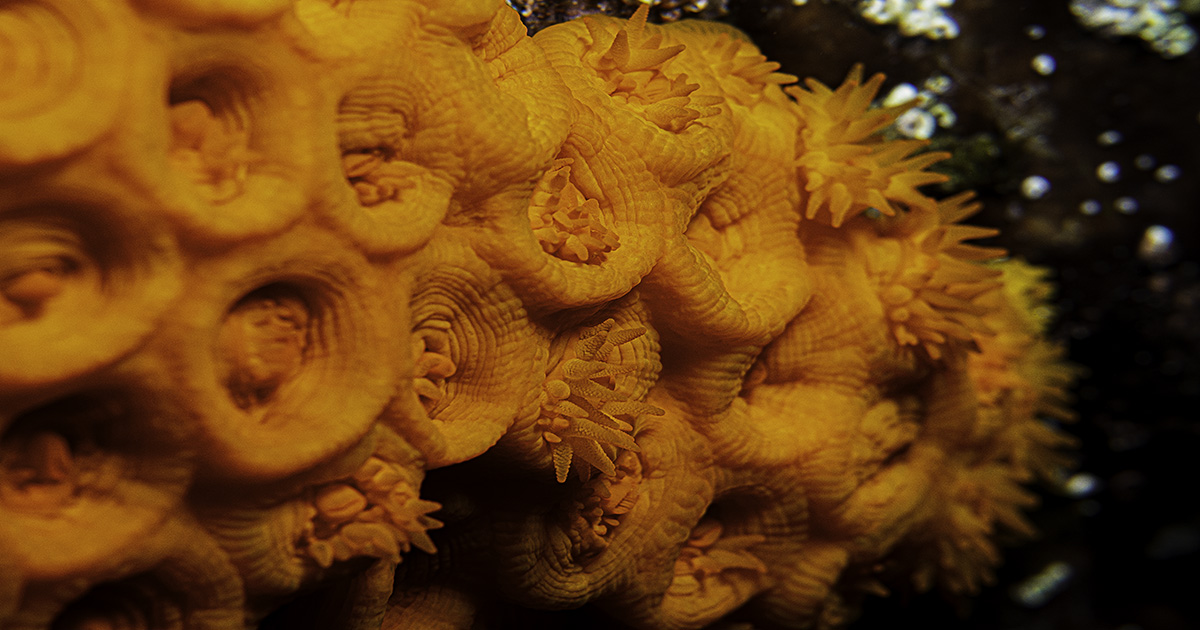
Astroides Calycularis; Mediterranean Orange Cup Coral
The Mediterranean sea offers a huge variety of different environments‚ rocky or sandy bottoms‚ cliffs‚ Posidonia seagrass meadows‚ sheltered coves. Each of these environments is characterized by a very high biodiversity that creates an infinite number of ecological niches.
Several times while diving I wondered to what species the organisms I encountered underwater belonged. As a result‚ I started to immerse myself more in marine biology‚ which opened up a world for me and has taken scuba diving on a whole new dimension for me.
The protagonist of this blog‚ which aims to spread knowledge and information about the wonders we encounter while diving‚ is the Mediterranean orange cup coral. This animal has a very special and interesting feature in its behavior! Read and be amazed !!
Description of the Mediterranean Orange Cup Coral
Astroides calycularis coral‚ commonly known as Mediterranean orange cup coral‚ is a coral and therefore is part of the Cnidaria and class of Anthozoa.
These corals form round colonies with a characteristic and beautiful orange color. The size of the colony can vary from 5 to 15 centimeters depending on the depth at which they are situated. Astroides Calycularis coral has a skeleton formed by calcium carbonate from which the polyps rise‚ which reach a length of 4-8 millimeters. The polyps have a smooth calyx and numerous retractable pointed tentacles.
The polyps of the Mediterranean orange cup coral may be interchanged with those of the Mediterranean yellow cup coral (Leptopsammia pruvoti)‚ which‚ however‚ are generally yellow and solitary‚ or with the polyps of the well-known yellow cluster anemone ( Parazoanthus axinellae)‚ which‚ however‚ are more brittle and elongated‚ have no skeleton and have smooth tentacles.
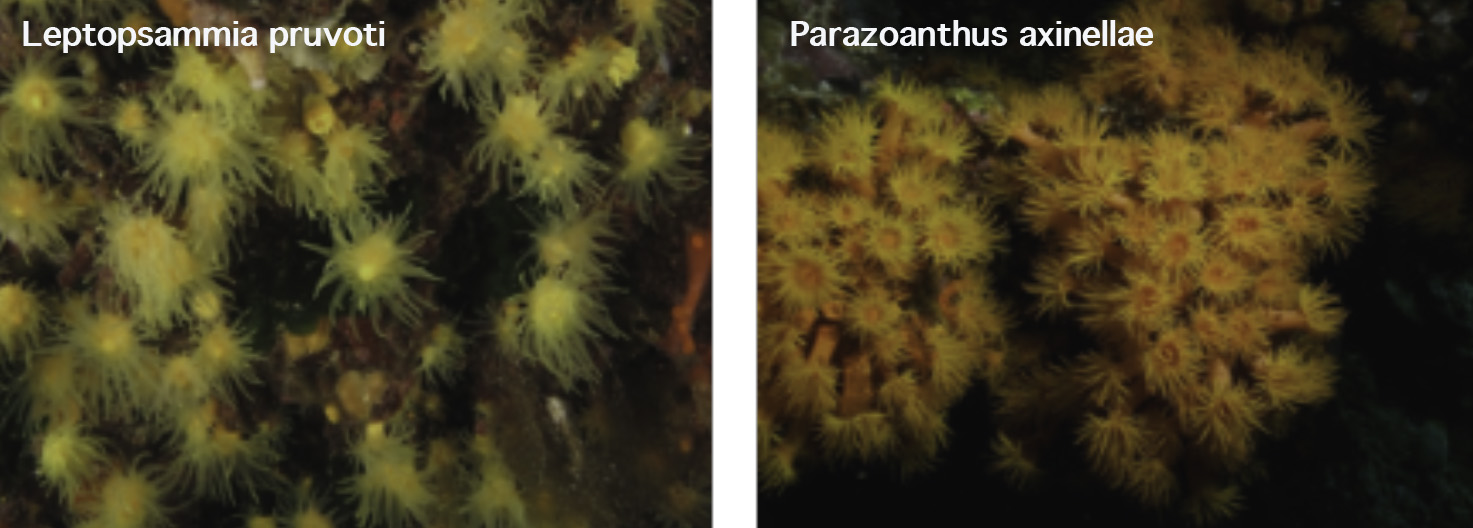
Habitat of the Mediterranean Orange Cup Coral
Astroides Calycularis coral can be found from a few meters below the surface to a depth of 50 meters. The Mediterranean orange cup coral needs a rocky surface‚ with gentle currents and a limited amount of light. Often we find these corals living on vertical reef walls and overhanging rock formations.
In terms of distribution‚ Astroides Calycularis coral is an endemic species of the Mediterranean sea. During the Pleistocene‚ Astroides Calycularis was more prevalent in the western Mediterranean sea than it is today. Since then‚ probably due to the cooling of the seawater‚ the geographic distribution of the species has declined.
Today we find the Astroides Calycularis coral in the southwestern part of the Mediterranean and at some locations in the Sicilian area.
Feeding of the Mediterranean Orange Cup Coral
The Astroides Calycularis coral is carnivorous and the polyps feed on the organisms that are caught between the tentacles. It normally feeds on zooplankton carried by the current. The presence of zooplankton is so important to the animal that the shape of the colonies is precisely determined by their availability.
Reproduction of the Mediterranean Orange Cup Coral
The reproduction of Astroides Calycularis coral takes place when the opening of the polyp reaches 3-4 millimeters in the period between April and August and is sexual: after a phase of planktonic life‚ the larvae settle on the sea bottom where they start forming new colonies.
Important and interesting facts of the Mediterranean Orange Cup Coral
At this point‚ as promised‚ the time has come to reveal what I think is the most surprising and interesting aspect of this marine animal´s behavior!
The Astroides Calycularis coral looks very static and most people (including me) might think that such an animal is incapable of hunting large prey. But research conducted by a team of marine biologists has shown that Astroides Calycularis coral is able to catch and eat jellyfish of the Pelagia Noctiluca species!
How does the Mediterranean orange cup coral do this? During a "bloom" of the Pelagia Noctiluca jellyfish‚ the classic Mediterranean jellyfish‚ the Astroides Calycularis polyps were observed to capture specimens of jellyfish‚ with individual polyps working together to do so. A Pelagia Noctiluca jellyfish can become trapped under an overhanging rock formation where the Astroides Calycularis corals are living. The jellyfish´s tries to swim away and repeatedly knocks its umbrella against the ceiling until the Astroides Calycularis polyps attach to the jellyfish and immobilize it. Some jellyfish escape from these attacks or are released‚ while many lie dead on the sea floor‚ with a hole in the top of the umbrella.
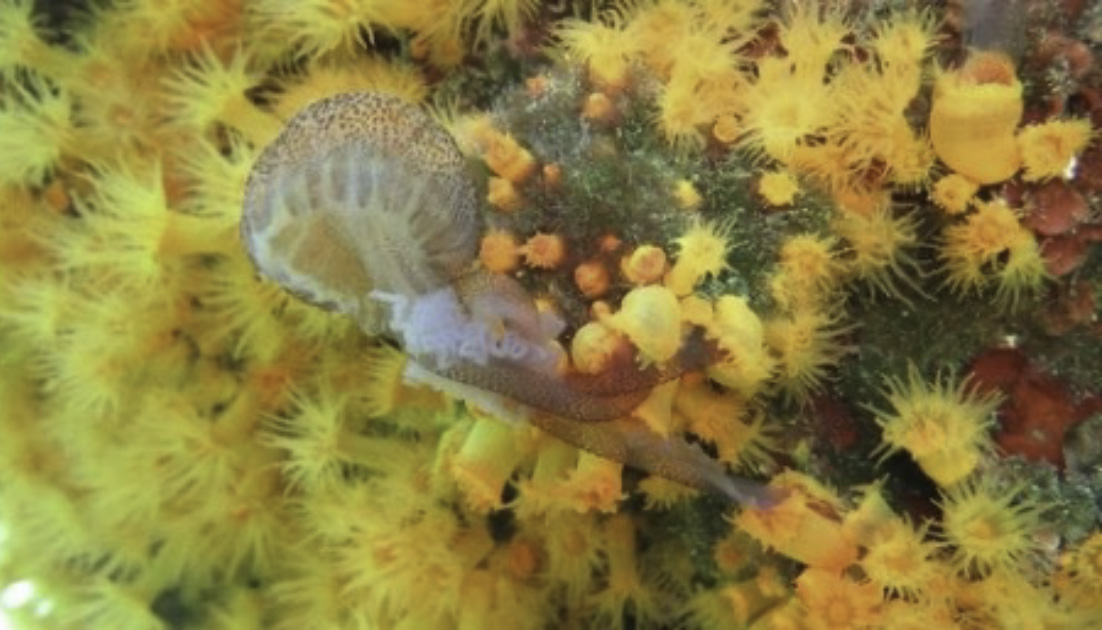
Finally‚ Astroides Calycularis coral is a species protected by the CITES (Convention of International Trade in Endangered Species)! This protection is needed due to the fact that this coral occurs in limited environments and grows in shallow waters‚ where it appears very vulnerable. In addition‚ one of the main threats to the species is illegal fishing for mussel-like shellfish‚ during which large pieces of rock are completely removed.
At which dive sites we can spot the Mediterranean Orange Cup Coral?
There are dive sites where it is easier to spot large colonies of the Astroides Calycularis coral‚ such as:
In the marine protected area of Ustica:
Dive site Secca della Colombara
In the marine protected area of Isola delle Femmine:
If you encounter jellyfish with a perforated umbrella during your dives at these dive sites in the marine protected area of Ustica or Isola delle Femmine‚ now you know why ...
Francesca Marino
PADI Divemaster in training

